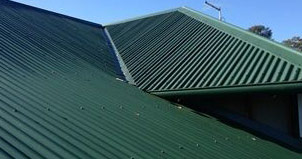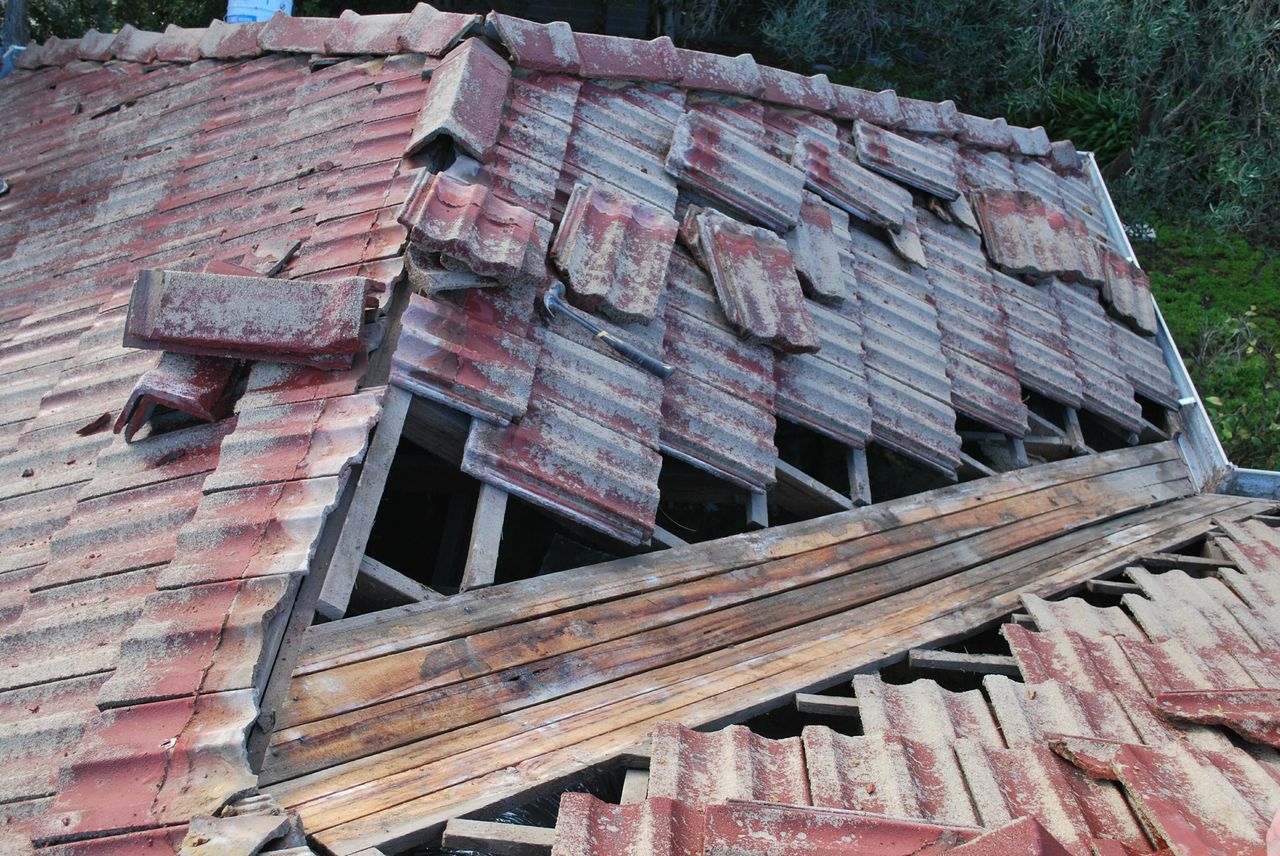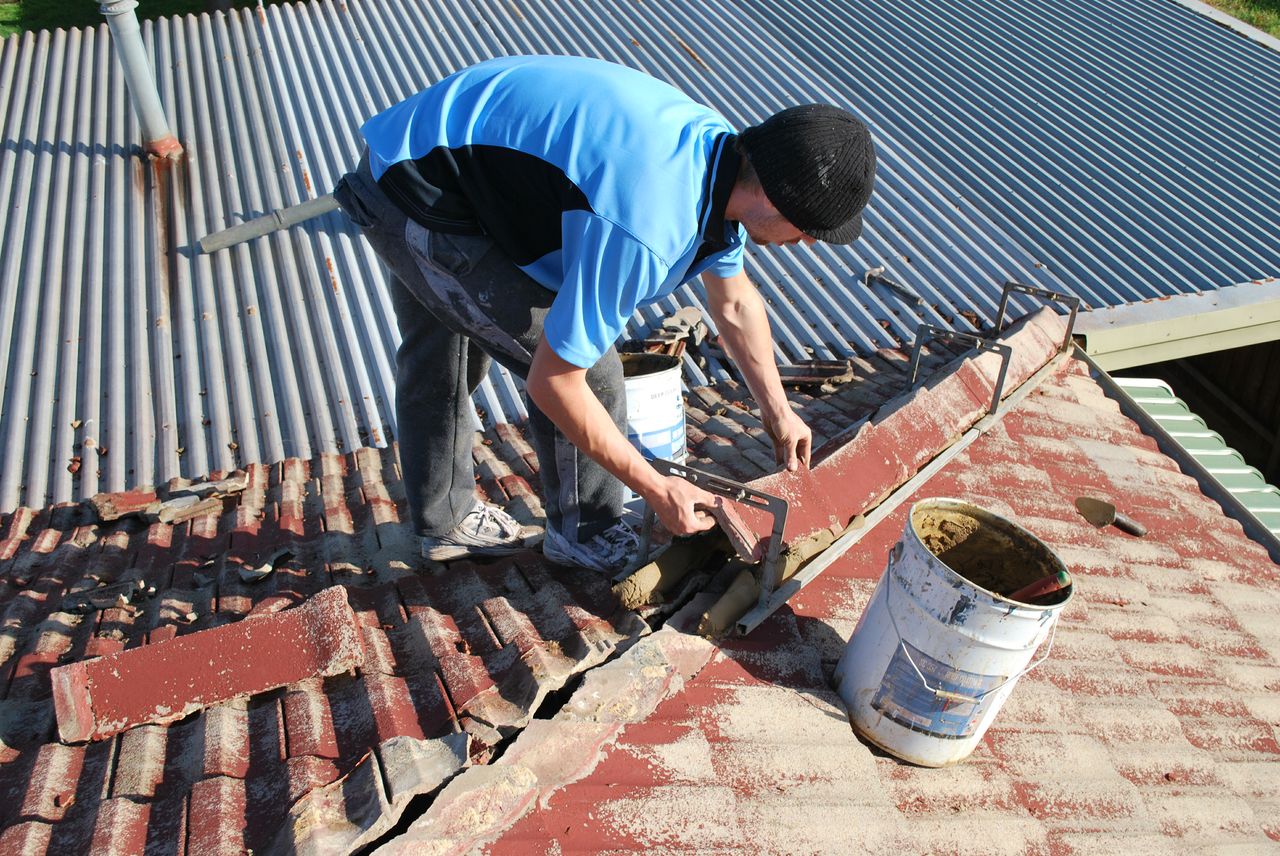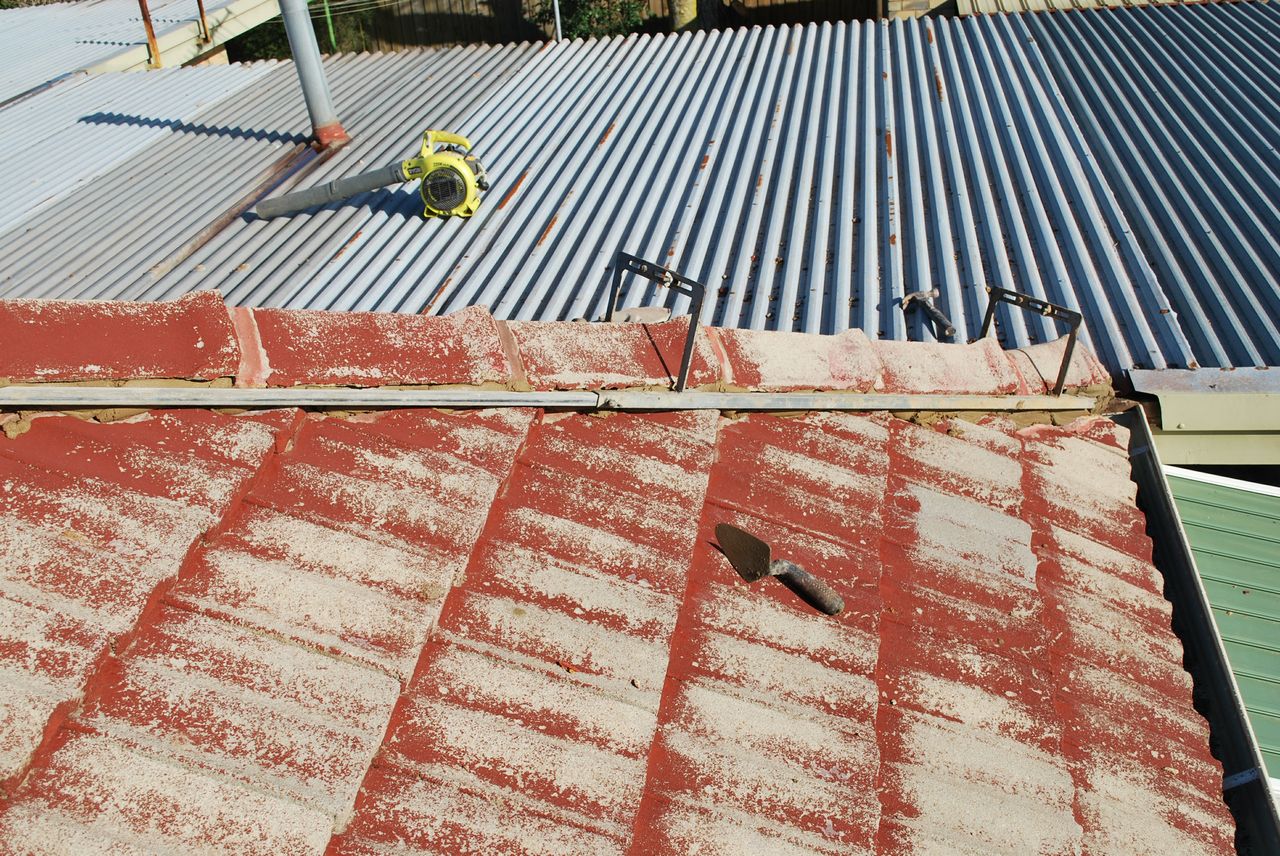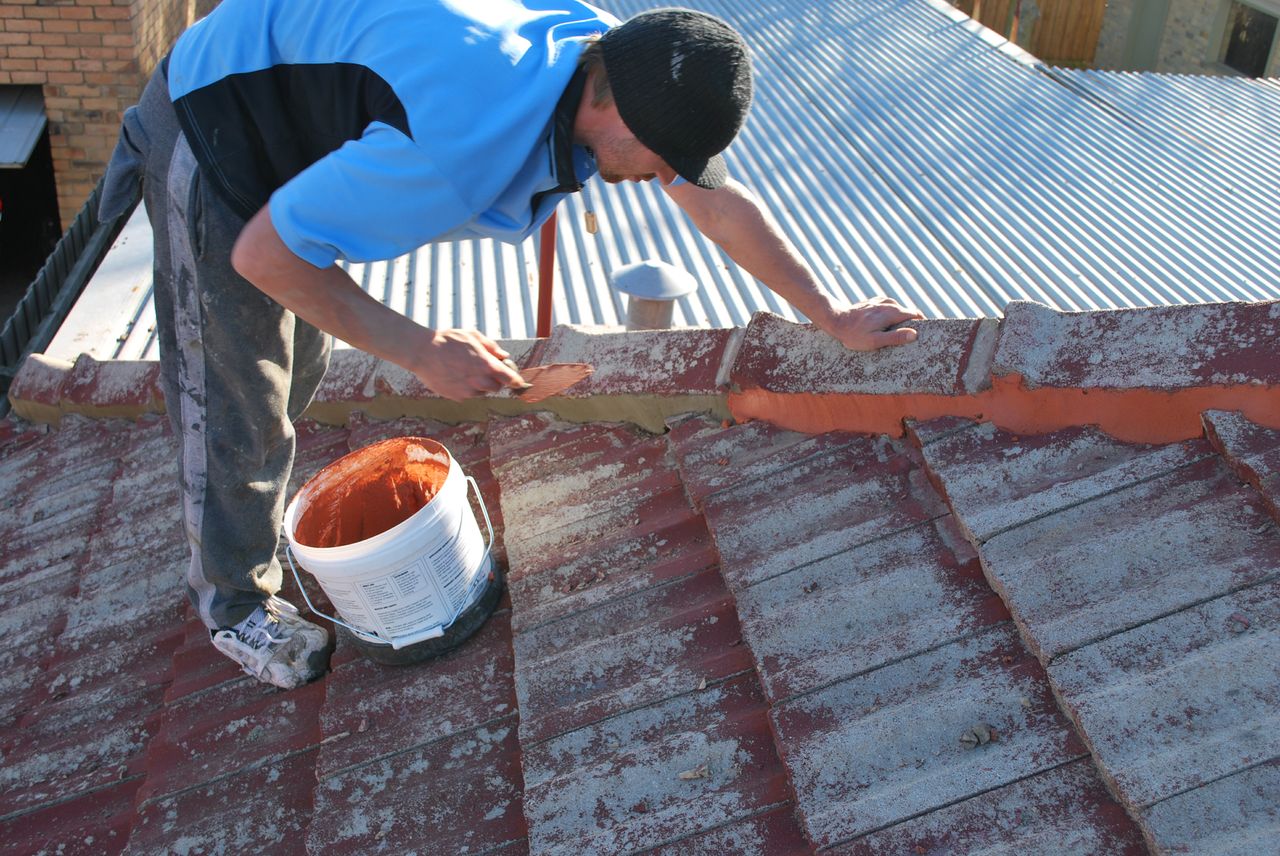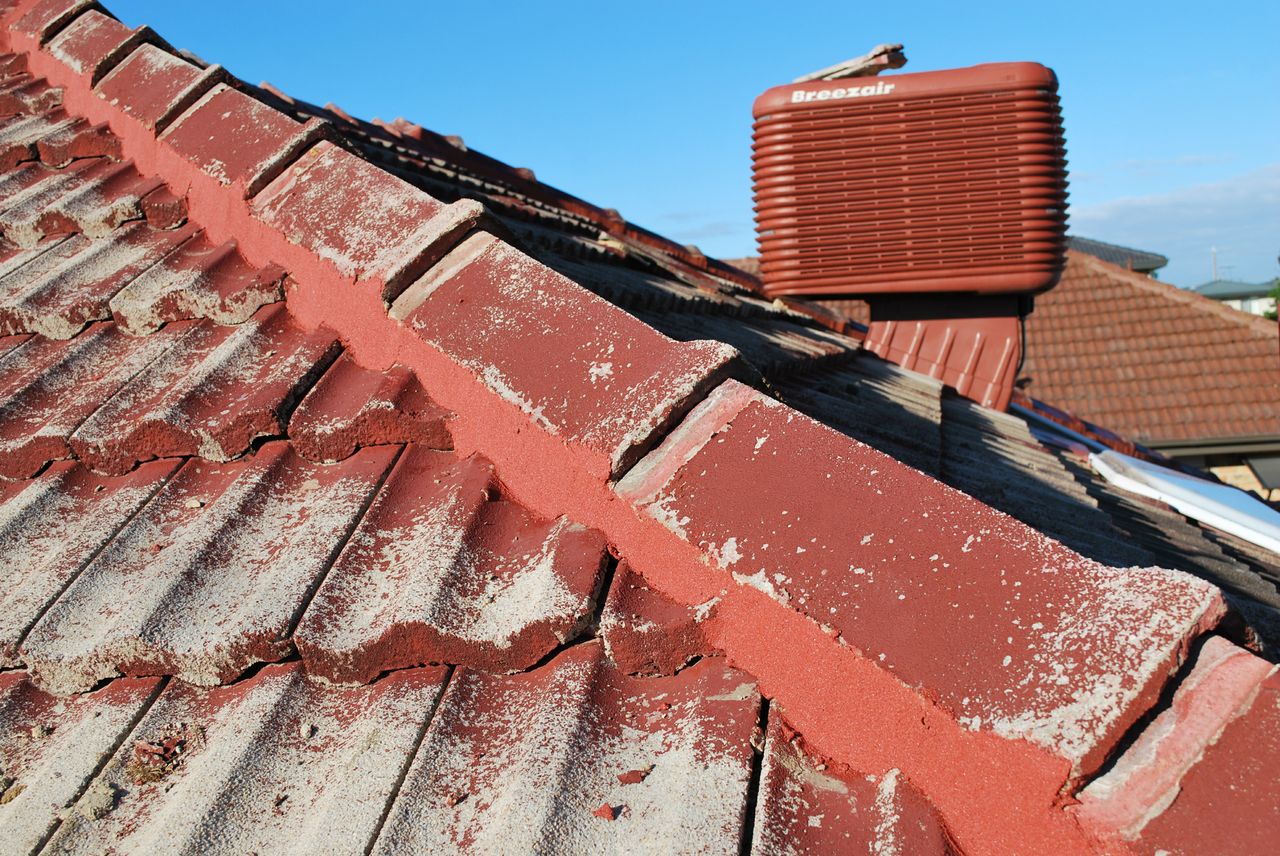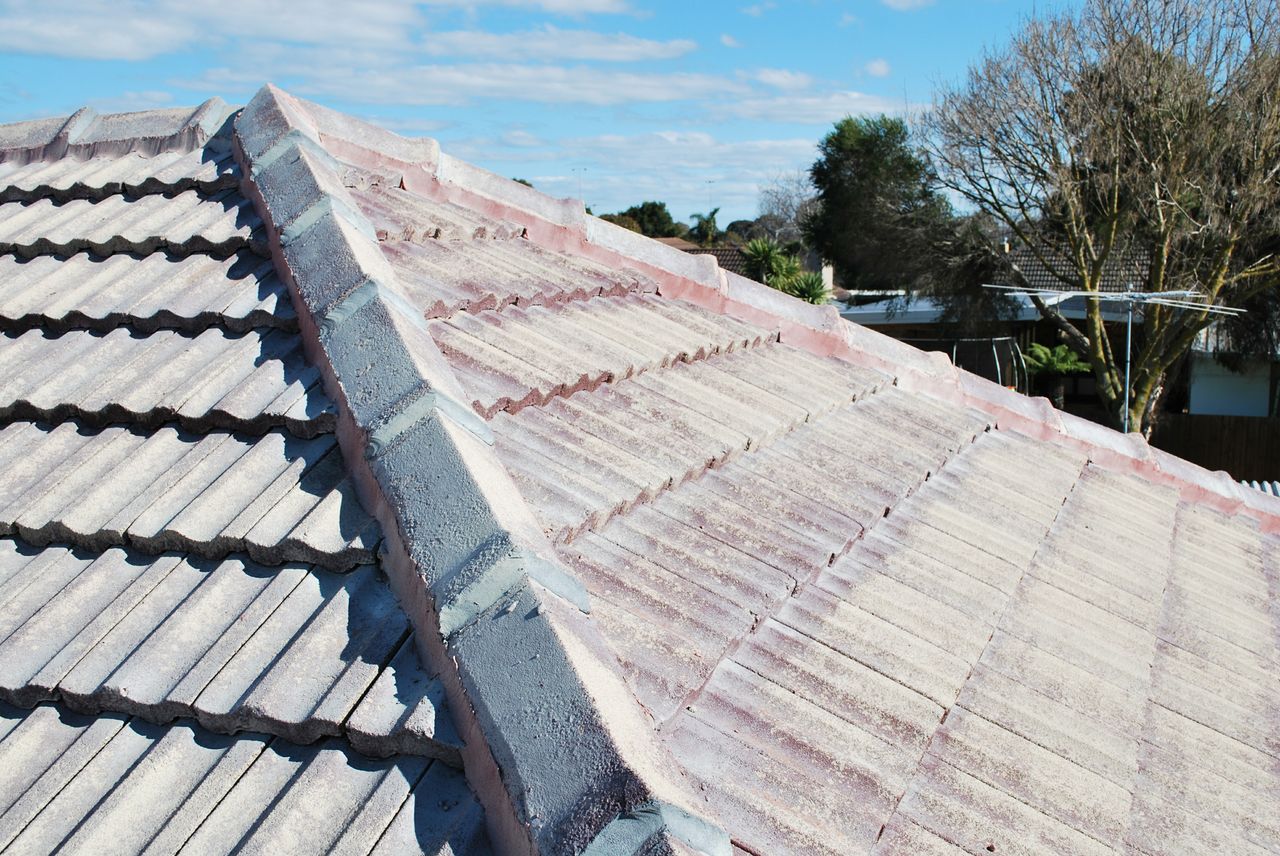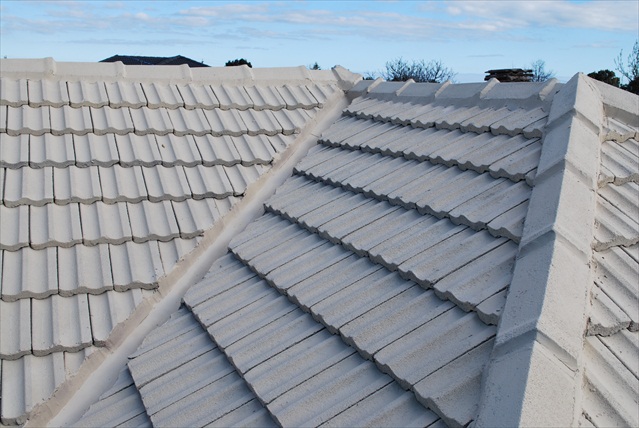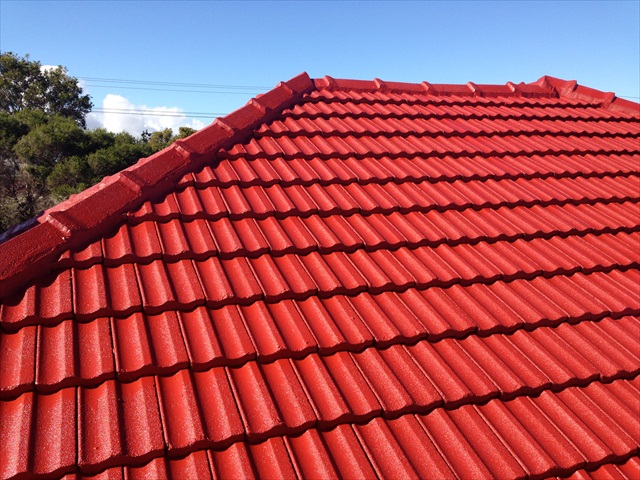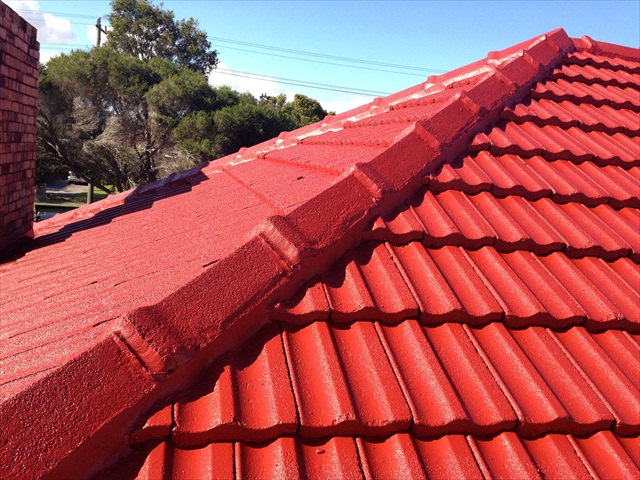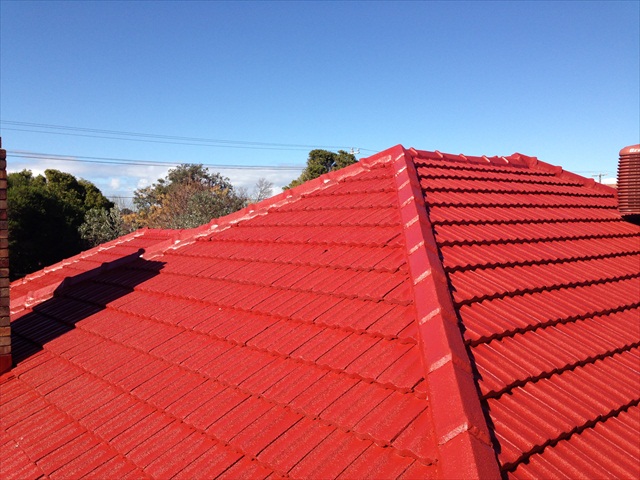Roof Restoration Procedures & Technical Information
The best way to realise the right way to restore a roof is to understand why the wrong way fails. The most common reasons for failure are as follows;
Our Procedure |
Why is it so Important? |
1 |
|
|
Our Procedure
Replace broken tiles likely to leak.
|
Why is it so important?
Failure to replace or relocate chipped and broken tiles. Broken tiles leak obviously, so all tiles with chips greater than 50mm should be replaced. Smaller chipped tiles are displeasing to the eye and relocation to the blind side of the home is desirable. |
2 |
|
|
Our Procedure
High pressure clean tiles at 4100 PSI. This is done with a commercial cleaner and ensures that all dirt and pollutants are removed and pressure tests any weak tiles that may be about to break.
|
Why is it so important?
Inadequate cleaning of the tiles. Pressure cleaning is important not only to remove the dirt from a tile but also the pollution that is common to suburban roofs. Pollutants will have an adverse reaction to the acrylic paints that are applied. Loose surface sand will need to be properly removed also so expansion and contraction does not tear the top coats away from the tile. Professional roof restorers will use industrial machines to clean your roof with psi pressures between 3500 and 4300. |
3 |
|
|
Our Procedure
Replace rusted valley irons in colorbond steel.
|
Why is it so important?
Surface rust can adversely affect the coating that is applied and cause problems down the track. |
4 |
|
|
Our Procedure
Full re-bed to all caps and valley tiles in sand and cement. Almost all roofs require all of the bedding replaced.An ideal mix is three parts sand and one part cement. Any weaker and it will be sandy, any stronger and it will be brittle.
|
Why is it so important?
Bedding down the caps in weak sand/cement mix. A good cement mix for your roof is three parts sand and one part cement. It is very common in the roofing industry to use a sandy mix. While inexpensive, cement will dry rapidly if mixed properly. This means many trips up and down the ladder to keep mixing new cement. A sandy mix means less trips as the cement will not dry nearly as quickly. The problem arises when the flexible pointing is applied. As this product expands and contracts on the sandy concrete it begins to come away from the mortar mix and leave an open seam at the top. Water will then be able to get in to this seam but, as the bottom of the pointing is anchored securely to your tile, it cannot drain out. We have seen huge damage caused to a home that has never had prior problems and all from a so called repair! Weep holes are often used to alleviate this problem but this allows water to get into your bedding. If your bedding is sandy it washes out anyway. If it is not sandy, you don’t need the weep holes. |
5 |
|
|
Our Procedure
Re-point in flexible acrylic compound. This is an artificial rubber compound designed to expand and contract in the weather and offer excellent adhesion to the bedding cement.
|
Why is it so important?
Over pointing the ridge caps without replacing all of the cement. Pointing over old concrete can begin to come away as the pointing and subsequent acrylic coatings expand and contract allowing water to find its way into your home. If your ridge caps are loose at all, they need to be removed and the old cement disposed of. A new foundation of concrete is then laid and the caps bedded on to it. The caps can then be pointed over (generally with a synthetic acrylic compound with superior flexibility an adhesive abilities) without fear of possible failure in later years (or months). |
6 |
|
|
Our Procedure
Apply nano co-polymer primer. This is designed to penetrate into the body of the tiles and prevent subsequent coats from peeling.
|
Why is it so important?
Peeling of the coatings. Peeling is a result of inadequate primer products being used. A common practice in this industry is to seal the tile prior to top coating it. These sealers are thick compounds that trap air in the surface of the tile. When the tile heats up the acrylic coatings get soft and the air expands making the top coat lift. This will, over a period of time, make the paint peel off. To prevent this from happening a suitable primer coat should be used. The type of primer depends on the coarseness of your tile. Thinner (or even nano) primers for fine grained or newer tiles and slightly heavier primers for coarse tiles. Good restoration companies will always have a range of tile primers to recommend. |
7
|
|
|
Our Procedure
Apply high solids sealer. This is designed to build the surface of the tile up so when the top coats go on they will cover evenly. It also has special polymers that restrict the calcium salt that is found in tiles from leaching onto the top
|
Why is it so important?
The two main reasons for using a good seal are: 1: Patchy finish, the reality is that roofs need four coats of product on them. No ifs. not buts, this is the only way to do the job properly. You need a primer to stop peeling and then a sealer to build the tile surface up to stop that thin patchy look and two colour coats on top. Exceptionally coarse tiles may even need five coats. 2: Oxodisation of the top coats, this is when the colour coats begin to break down and become powdery. Calcium salt is an agent used in cement to quicken the drying time. It is one of the main reasons that roof restorations fail no matter how good the top coats are. A special sealant is required to prevent these salts from leeching through to the top coat and doing to paint what salt does to paint everywhere, shorten it’s lifespan. The majority of roofing contractors are unaware of the existance of calcium salts or its effects on a restoration. |
8 |
|
|
Our Procedure
Apply two coats of cross linked emulsion. This hard and dense polymer is a specially formatted coating designed to protect your tiles from harsh UV radiation and resist penetration from dirt and airborne pollution.
|
Why is it so important?
Poor quality top coats. Okay, so how do you know what is good and what is not good? I mean it’s not like the company you’re dealing with will tell you there paint is rubbish and there are hundreds of paints to choose from. Here are a couple of facts to keep up your sleeve so you can quiz your prospective roofer on whether their paint is up to scratch. Pure acrylic resin is the best quality you can get in a paint (then there are different types of resins but I won’t go there and bore you to death). Resin is a liquid that has 50% solids in it. So the best types of paint would be pure acrylic resin that would only have UV stabilisers, fungicides and pigment added (the extras account for around 5% extra solids). This means that a good quality paint will have around 55% solids in it. Be careful though as cheaper paints will often have fillers added that will dramatically affect the longevity (but not the immediate appearance) of the coating. In order to establish the coverage of a paint and the warranty that is given both the solids content and the percentage of resin will be known by competent companies. |
And then lastly, we clean the job site of all roof related mess. The jobs not finished until the Rainshield Roofing team have cleaned up all the mess and debris from the work we have done.
So in brief. Good solid high pressure cleaning around 4000 psi, full re-bedding in a 3/1 sand/cement mix, pointing in flexible pointing, FOUR applications of acrylic compounds as follows; a primer suitable for your tile, high solids sealer with salt restrictive polymers incorporated, and a good quality top coat at least 50% solids with pure resin as the base and no fillers added. There are other factors that will affect the quality of the job obviously. Your roof tiler needs to be a roof tiler for one thing and weather needs to be taken into account to ensure the best procedures and products are used to maximise the life of your restoration but with these basics addressed you can at least hope to get your money’s worth.
So the big one. How much does a roof restoration cost?
For a standard 15 square home, anywhere from $1500 to $15,000… Seriously.
As we have said, it is best to educate yourself to understand why the huge discrepancy in pricing on a job that, to a layman, seems to be the same thing. If the company you are dealing with is fair though, and they have quoted to do the job as we have set out above then realistically you will be looking between $,000 and $8000. The end price will be determined on the amount of work required and the degree of difficulty involved in getting it done.



